Recipes – № 48
Mountain Vegetable Tempura
When Kim and I traveled around Japan one spring, we stayed at a number of traditional countryside inns. The staff spoke no English and the door frames in some of them were only as high as my chest, but in every other aspect the fanatically perfectionist Japanese put the rest of the world’s hospitality to shame. Mealtime was no exception and as we clumsily squatted on the floor to eat, our waitress patiently kneeled by our table, anticipating our every need with her Japanese-English dictionary at the ready. Unfortunately for our waitress, the food was as enjoyable as it was indescribable, literally, at least in English. During springtime, many Japanese forage for wild vegetables and many of these curiosities found their way onto our plates. We had never seen or tasted any of these greens and it will probably not surprise you that I made the poor waitress get intimately familiar with her dictionary. Those tasty asparagus-like shoots? The waitress strained to pronounce the English translation: “moun-tain ve-ge-ta-ble”. Those unusual-tasting heart-shaped leaves? Interestingly, those were also “mountain vegetable”. And those tender stems that tasted nothing like the previous two? You guessed it: “mountain vegetable”.
You don’t have to travel to Japan to seriously expand your vegetable horizon. Spring at American farmers markets can be an equally mystifying experience. What on earth should you do with stonecrops or balloon flower shoots? And what about those fiddlehead ferns, which look like they should be fed to a baby dinosaur? As in Japan, spring in the US is clearly mountain vegetable time. And one of the best things to do with mountain vegetables is tempura. Of course you don’t have to restrict your choice of vegetables to strangely shaped greens. Spring staples such as asparagus make fantastic tempura too. To round out the meal, I usually fry up some seafood along with the vegetables, and serve a green salad with a Japanese dressing on the side.
For the general tempura methodology as well as the dough recipe I’m indebted to Shigeru Sugano, Executive Kitchen Chef at 15 East. Shigeru-san is a tempura master. He too has endured my endless questioning, but unlike the waitresses in Japan, he could answer them all without a dictionary.

Serves 4 as a main course
A variety of spring vegetables and mushrooms, cut into around 80 large, bite-sized pieces. Almost any vegetable other than leafy greens will do. Some of my favorites include:
Balloon flower shoots
Broccoli rabe
Celtuce (stem only)
Mushrooms, including oyster mushrooms, shitake mushrooms or hen-of-the-woods mushrooms
Potatoes (likely last year’s harvest, but they still make for great tempura)
1 lb of seafood. A variety is best. Pick what’s local (if possible) and in season. In the Northeast, my favorites include:
Flounder or sole
Squid (a mix of heads and tails)
For the batter:
1 egg
4 oz flour (110g)
7 oz ice cold water (200ml)
¼ tsp fine sea salt
Frying oil:
64 oz of mildly flavored cooking oil (half a gallon). I use rice bran oil because it has good flavor and a high smoke point, which makes it last longer. Canola oil is perfectly fine too. You will only use up a small fraction of this quantity and you can reuse it the next time you make tempura or fritto misto.
Fine sea salt or another high quality ground salt.
Equipment:
Mesh skimmer
2 pairs of bamboo chop sticks (such as from Chinese takeout. No fancy, lacquered chopsticks)
Two candy/deep-fry thermometers (one in each pot). If you don't have them, you can get by without.

Prep the vegetables and mushrooms: Break the tough ends from green or purple asparagus and peel white asparagus. Peel carrots, potatoes or celtuce stem. Remove the stems and strings from sugar snap peas or snow peas. Trim any other vegetables or mushrooms that need trimming. Wash all the vegetables and clean the mushrooms if necessary (without water if possible). Cut everything into large, bite-sized chunks. Potatoes should be cut around ⅓-inch thick.
Rinse the seafood, remove any remaining bones from the fish or calamari and slice everything into large bite-sized chunks.
The best way to eat tempura is in the kitchen right after each round is cooked, but if you’d prefer to have a more civilized experience with you sitting down for the duration of the meal, you can keep the fried tempura in the oven until serving. If that’s your route, pre-heat the oven to 200F.
Pour the oil into two pots. Ideally the oil is at least 2 inches deep and doesn’t come within an inch of the rim. Heat over medium heat to 360F (180C). (If you don’t have thermometers, you could get a rough sense of the temperature of the oil by doing the following: hold one of the chopsticks into the oil. If you see a stream of tiny bubbles emerging from the wood, drip a drop of batter into the oil. The batter should bubble up to the surface immediately but it shouldn’t brown after just a few seconds.)
While the oil heats, put all the batter ingredients into a mixing bowl. Whisk for a minute or so until smooth. Place some ice cubes into a second, larger bowl and place the first bowl on top of the ice.
When the oil is hot, put on an apron and use one pair of chopsticks to dip the pieces into the batter and then carefully place them in the frying oil. Use one pot for the seafood and the other for the vegetables and mushrooms. Working in rounds of 6-8 pieces per pot, fry for about 3 minutes until the pieces are light golden brown. Remove the pieces with the other pair of chopsticks and place them on some kitchen paper towels. Serve immediately with your best fine sea salt for dipping, or place on a tray in the oven to serve as soon as all the tempura is cooked. Strain out any stray batter with the mesh skimmer before frying each new round.
The oil can be reused for your next tempura dinner. Run it through a fine sieve once cooled and label it seafood or vegetable.

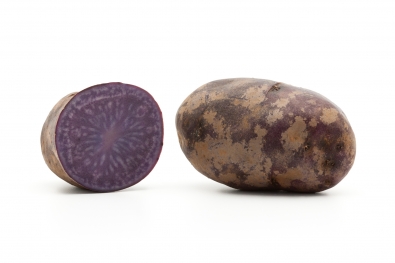
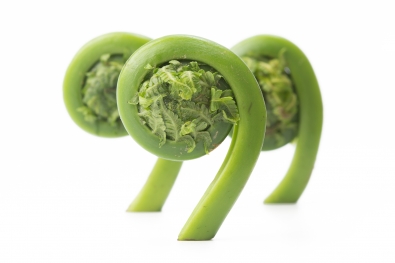
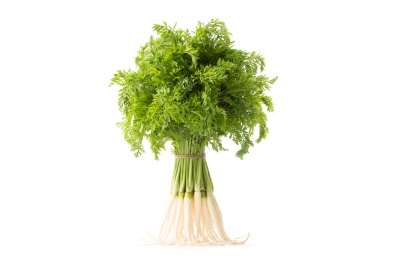
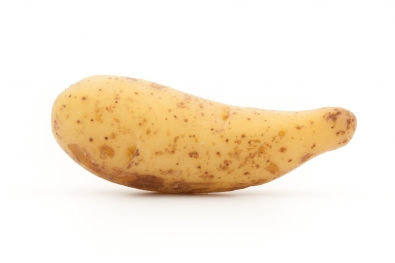
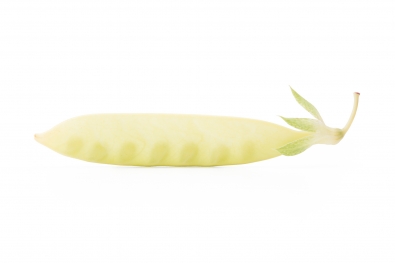
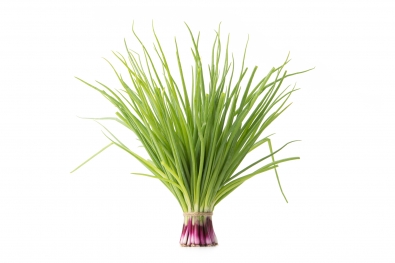
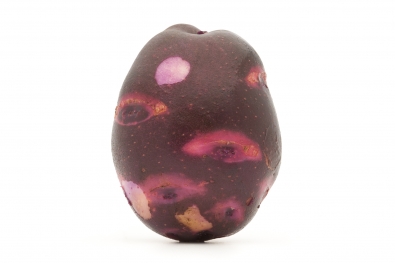
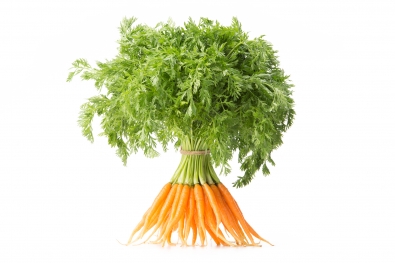
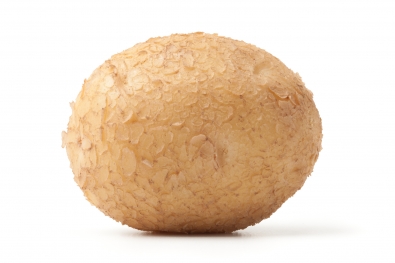
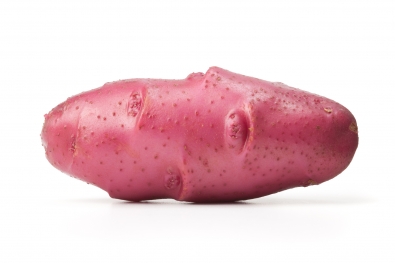
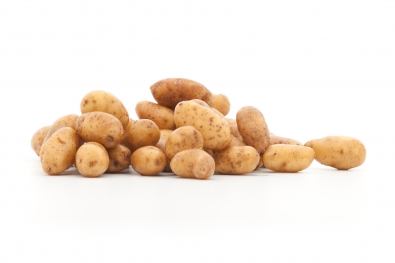
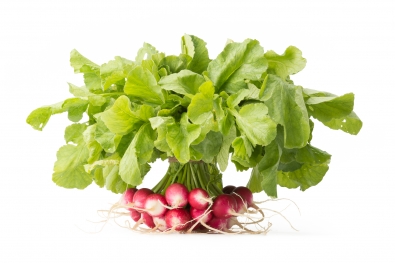
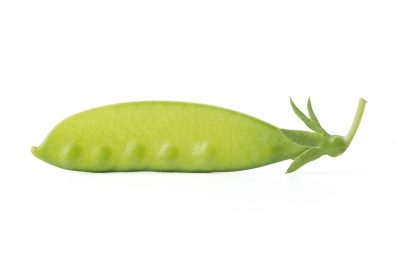
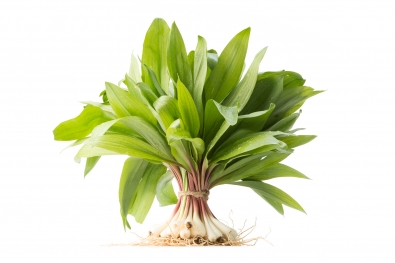
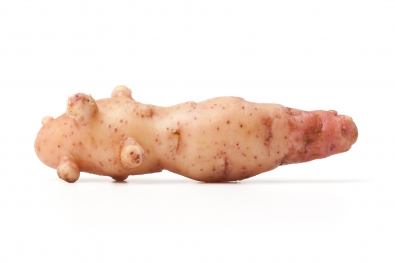
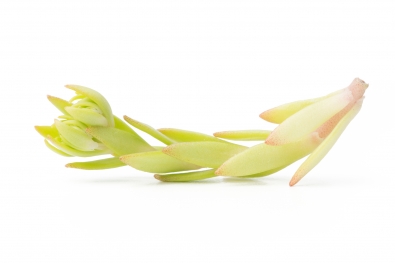
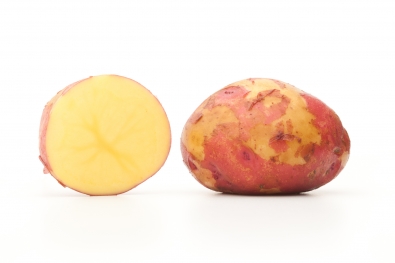
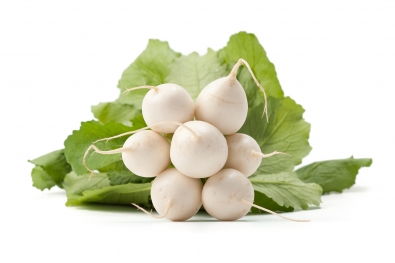
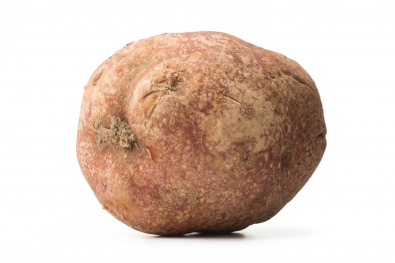
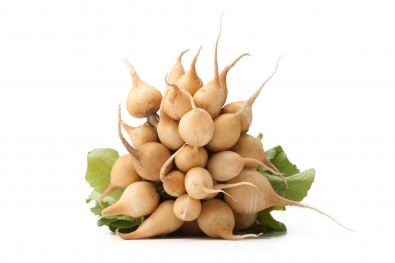
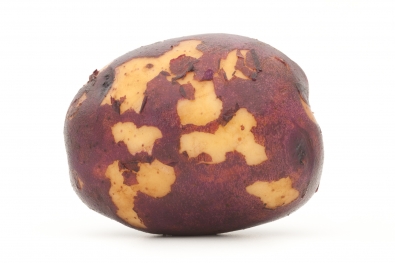
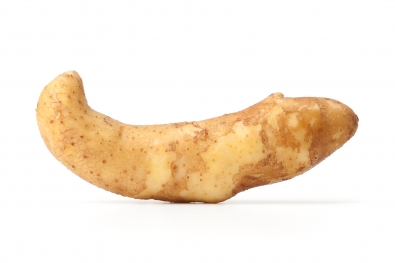
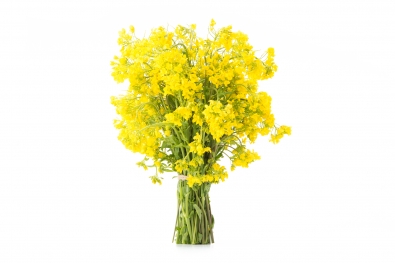
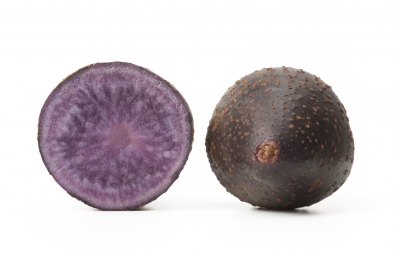
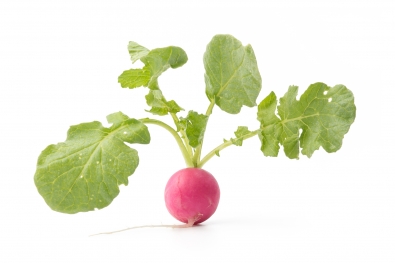
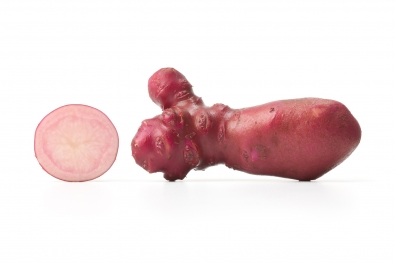
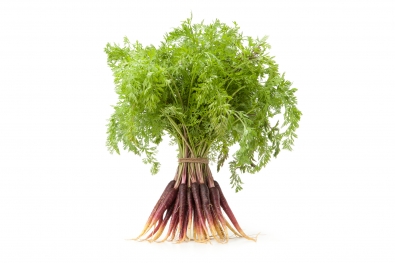

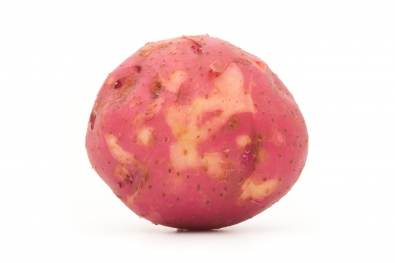
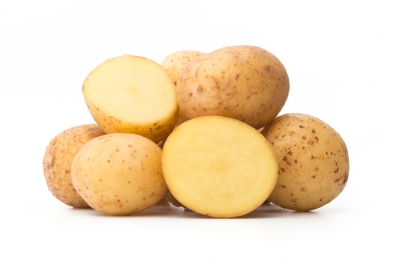

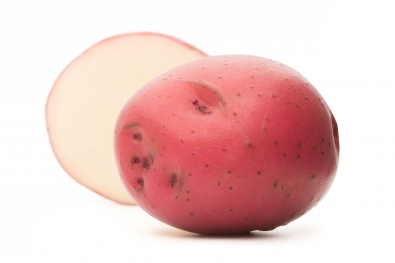
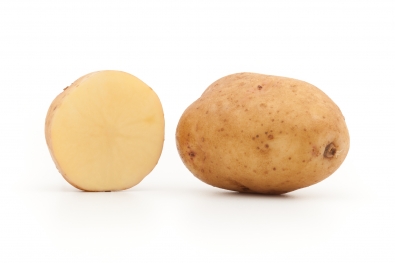
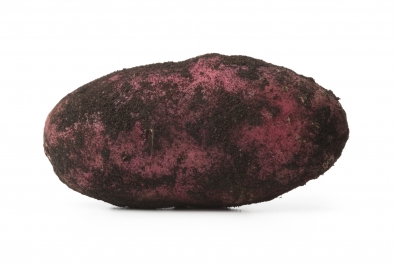
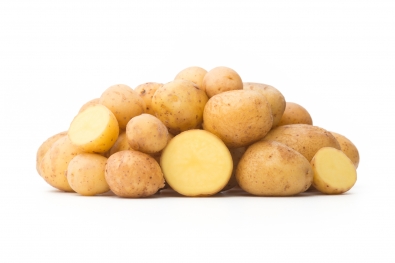
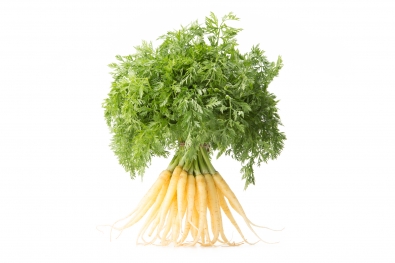
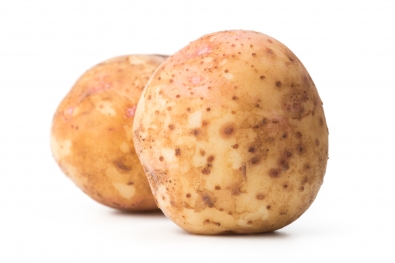
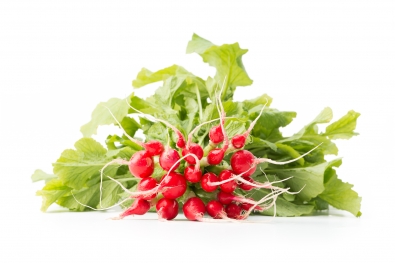
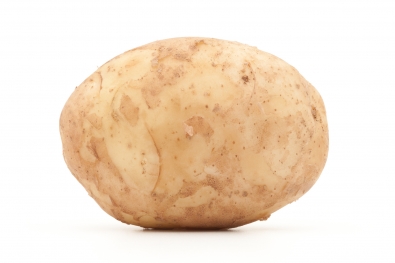
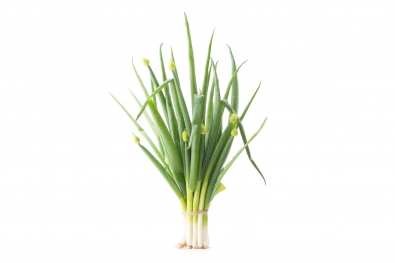
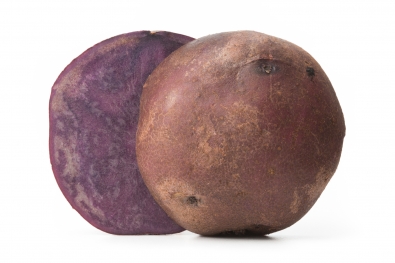

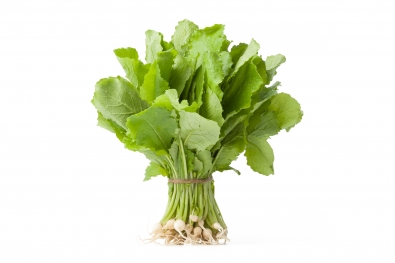
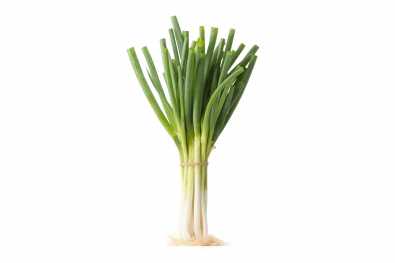

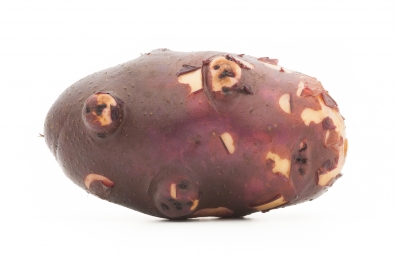
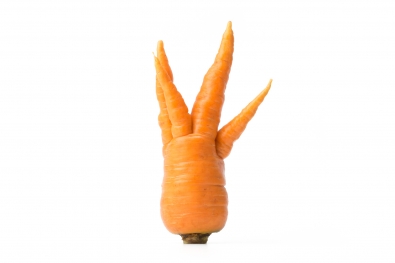
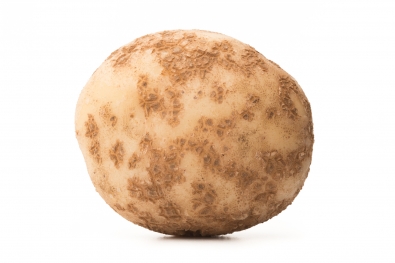
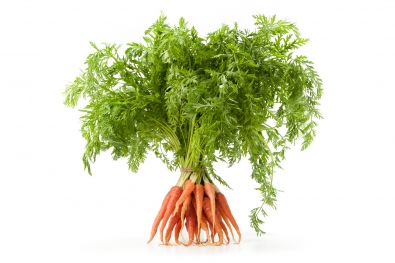
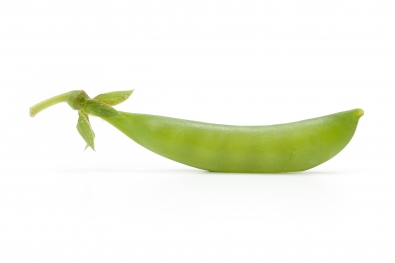

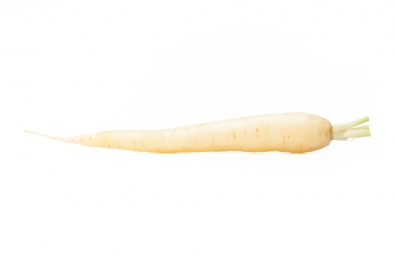
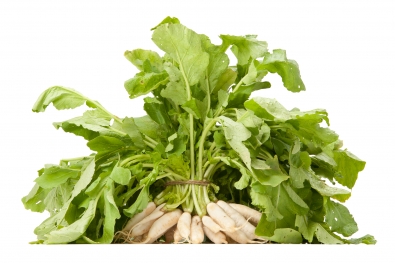
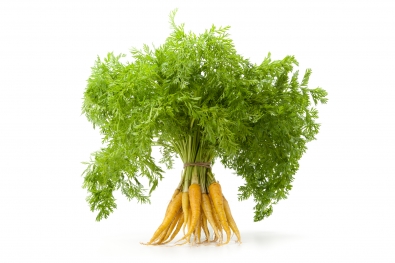
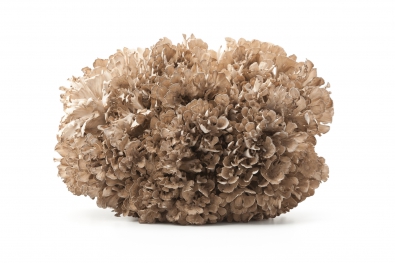
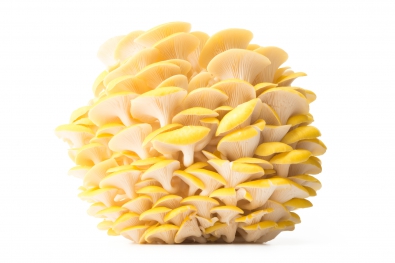
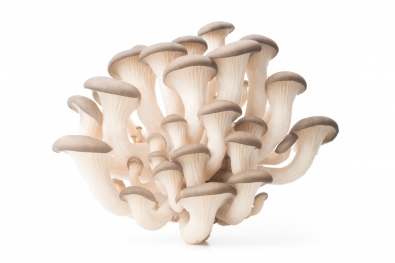
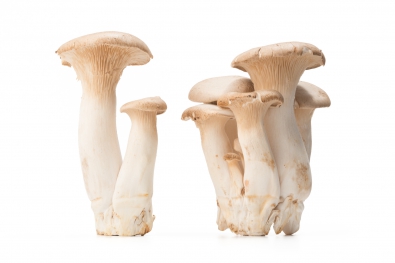
Add a comment